Memorial Stadium
Introduction
Text-to-speech Audio
Images
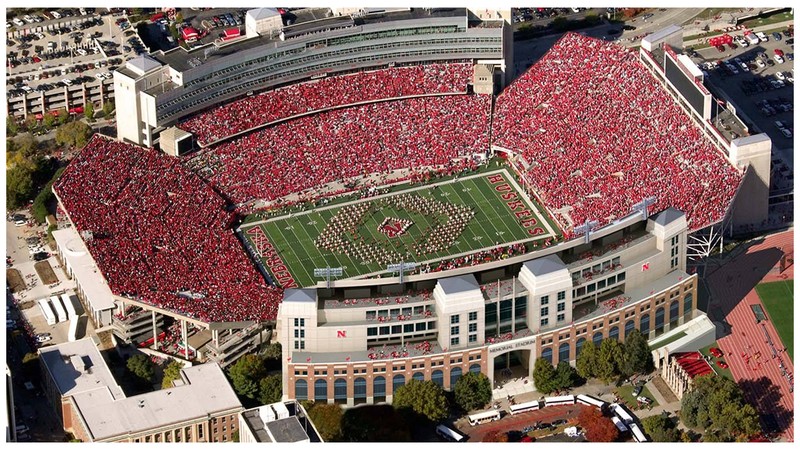
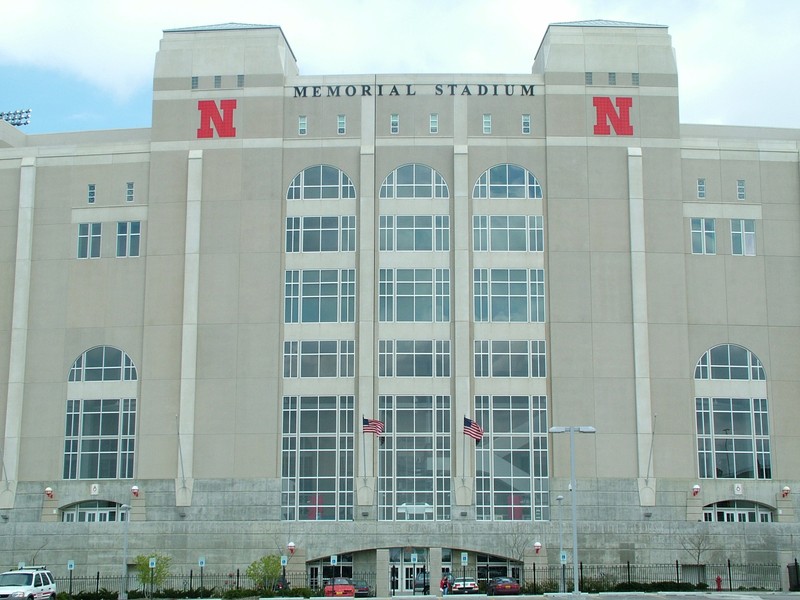
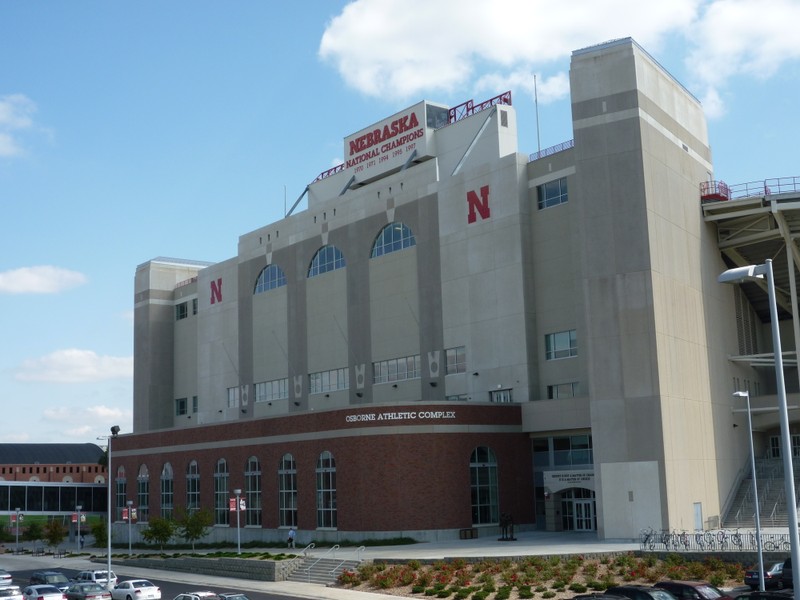
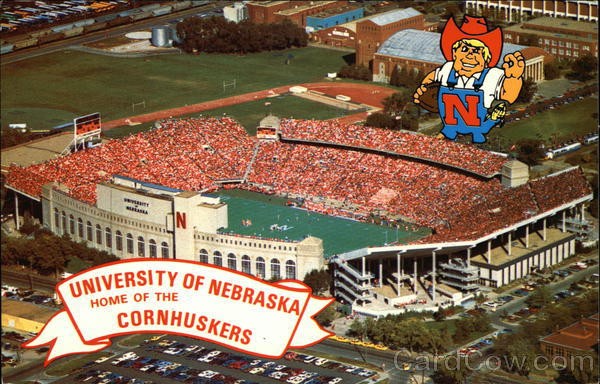
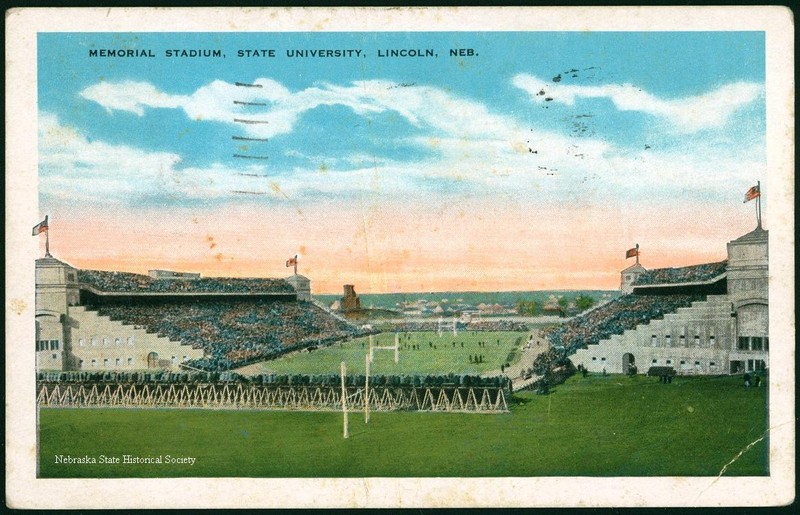
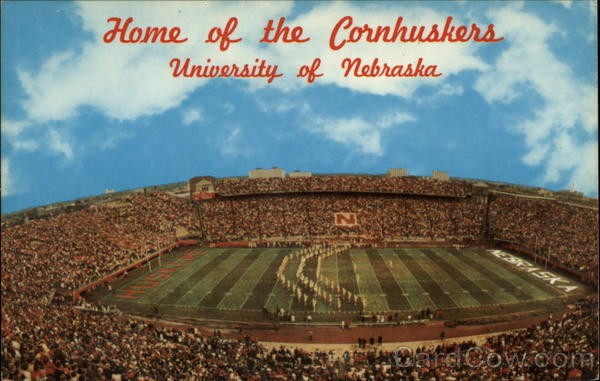
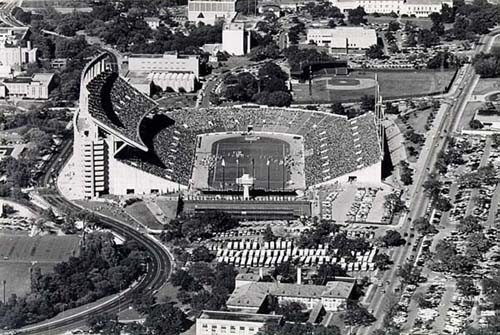
Backstory and Context
Text-to-speech Audio
The Huskers did not always play in the beloved Memorial Stadium. In 1890 an organized team was in place with a volunteer coach each year at the university. They would play at a field parallel to 10th street within the original campus bounds. With the campus growing, new buildings were erected leaving the stadium cramped in-between. Nebraska then began to place buildings upon the grounds of the playing field and acquired new land north of T Street in 1908. This area would first serve as Nebraska Field and later Memorial Stadium. Many games were played on the old field including the 1922 defeat of Notre Dame (Knute Rockne’s Four Horsemen). In 1922 however talk of improved facilities spread and by 1923, the Nebraska Memorial Association had enough pledges and cash on hand to began construction of the Memorial Stadium. The stadium name was made to honor all Nebraskans who served in the Civil and Spanish-American War.
The proposed budget for the stadium began at one million dollars, which included a stadium, gymnasium, war museum and gathering place for veterans. It became obvious that this goal was unrealistic and the price was dropped to 450,000 for the stadium alone, and all of it was to be given through donations. The plan worked and Memorial Stadium was unveiled although incomplete at the Kansas game on October 20th, 1923. The match ended in a tie. Through the years, the stadium received multiple enhancements such as the South end zone being added in 1964 making the stadium a horseshoe and increasing the maximum seat capacity to 48,000 as well as when extra seating was added in 1966 to turn the stadium into a bowl. Through numerous expansions, the most important has to be the 50,000 square feet of research labs.
Upon the North End, the Nebraska Athletics Performance Lab features a half-court basketball floor, as well as a plot of artificial turf where athletes are studied while they perform. Twenty video cameras focus on the athletes while devices in the floor measure the force of their steps. This all helps researchers to analyze athletes better. Other improvements to the facility include the Hawks Championship Center featuring a 120-yard field with the same conditions as the original field giving the athletes a second practice arena and the Charles and Romona Myers Performance Center. The Center provides a strength complex, athletic medicine center, hydrotherapy pools and a nutrition center.
